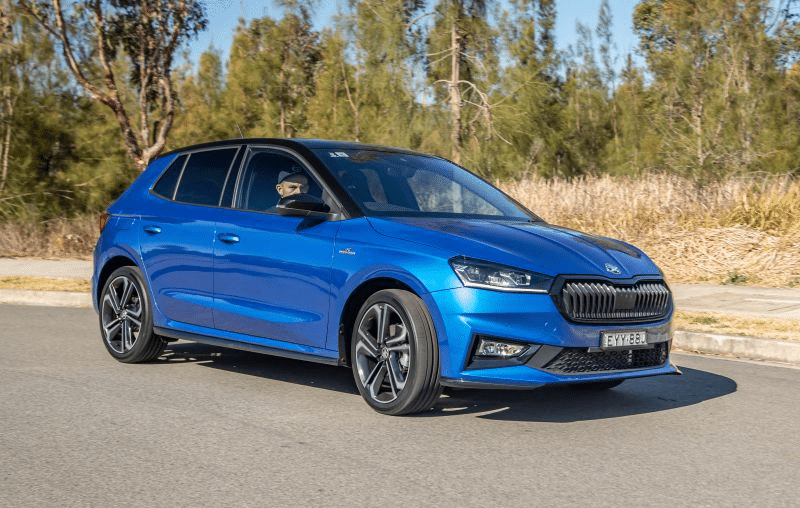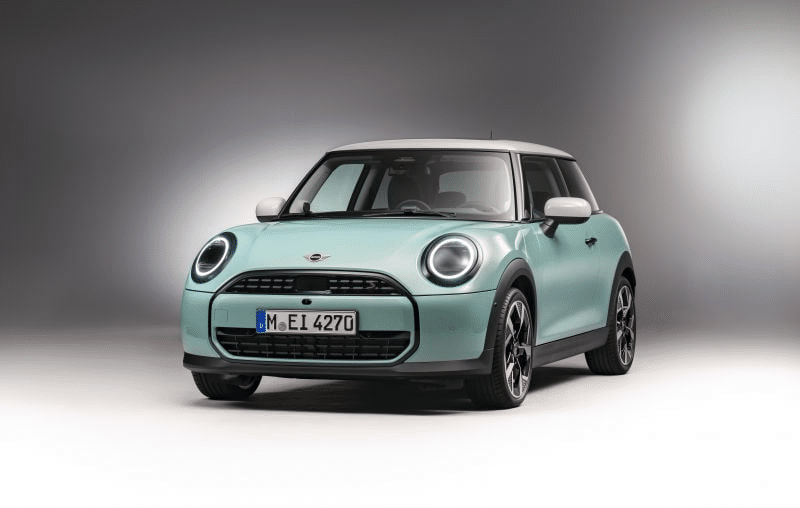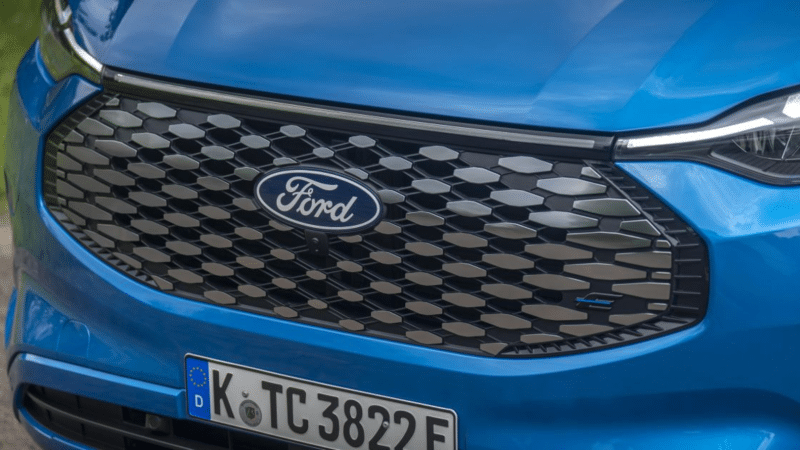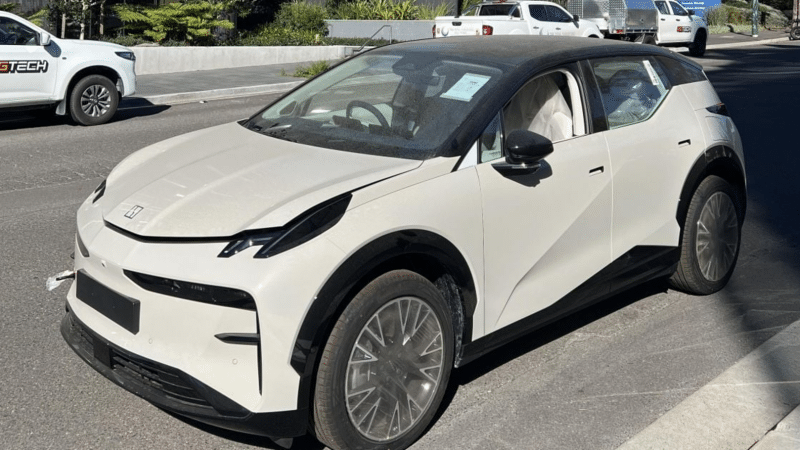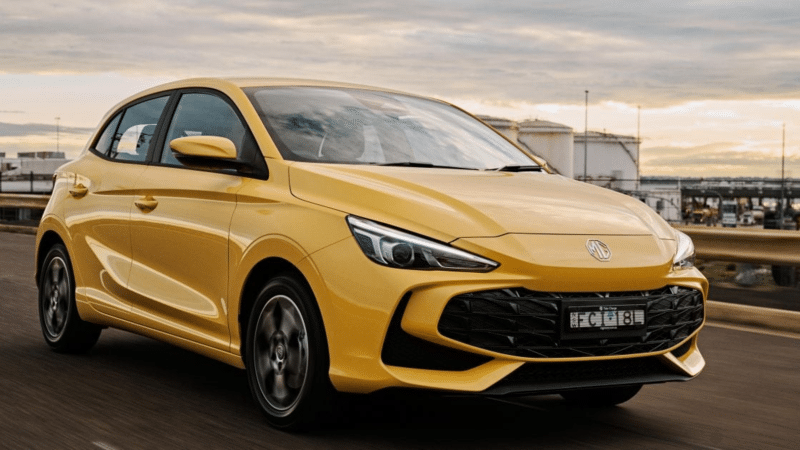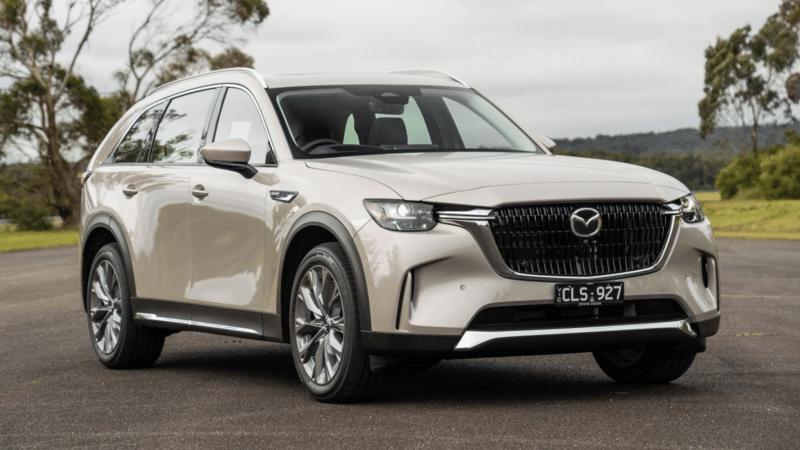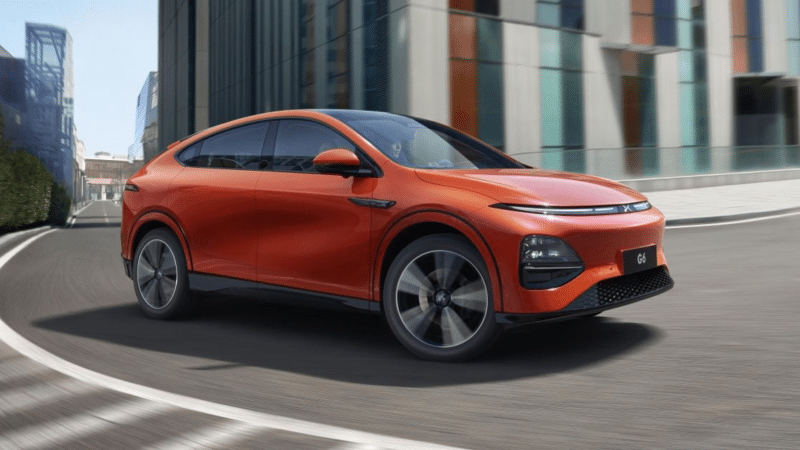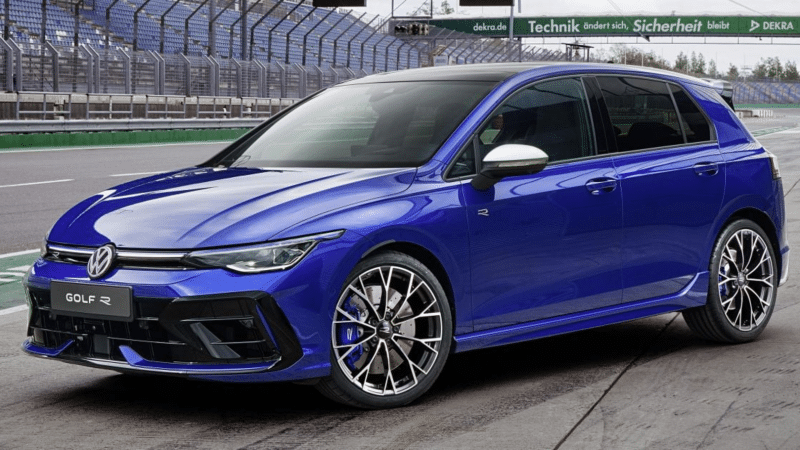Fuel-Efficient Cars: Which Ones Are Worth the Money?
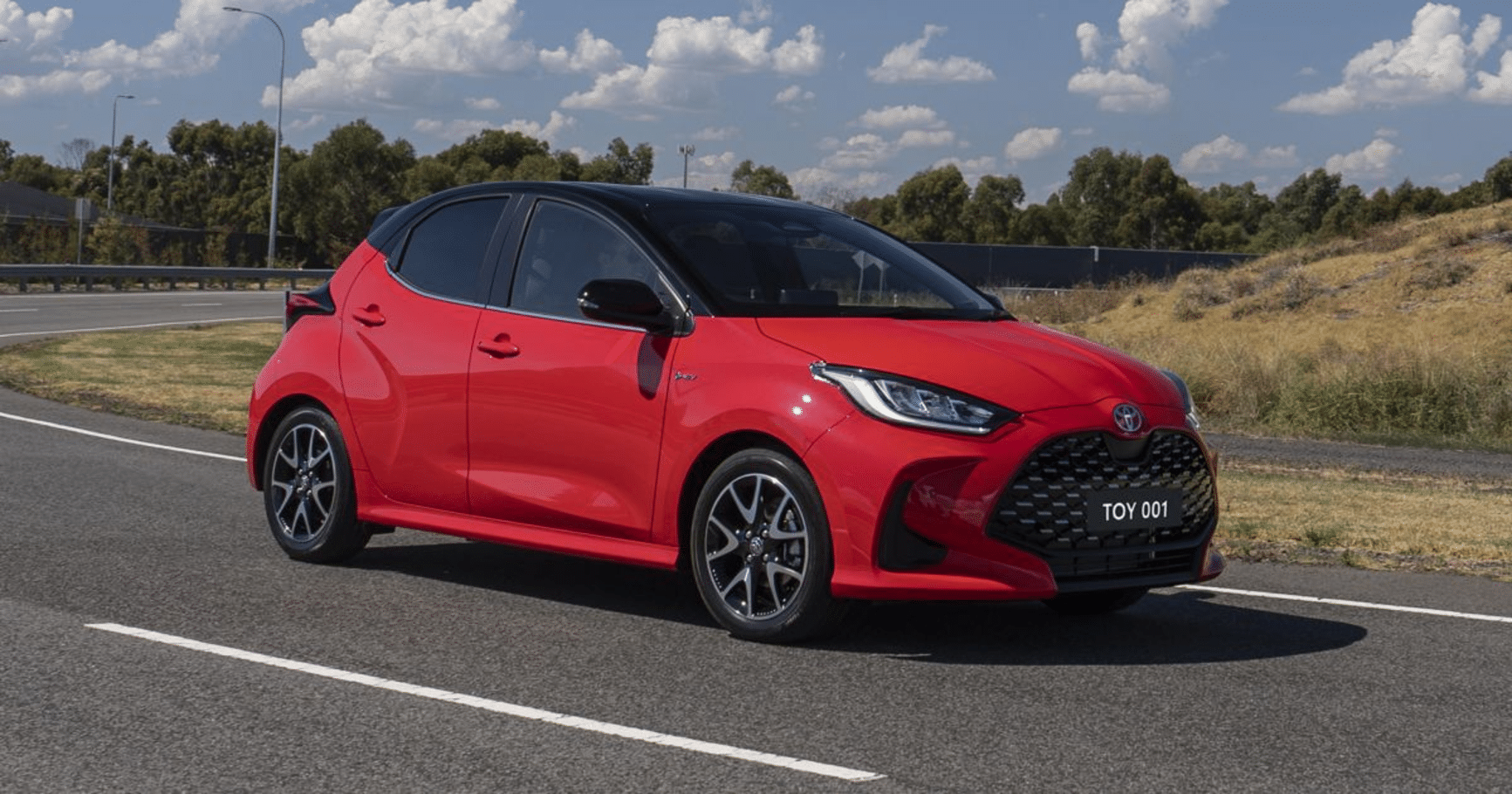
Fuel-Efficient Cars: Which Ones Are Worth the Money?
So, which fuel-efficient car will you choose?
Looking to save some cash while still enjoying a reliable ride? Check out these fuel-efficient cars that won’t break the bank. We’ve compared different models in various price ranges to find the best performers in terms of fuel economy. Let’s dive in and see which cars make the cut.
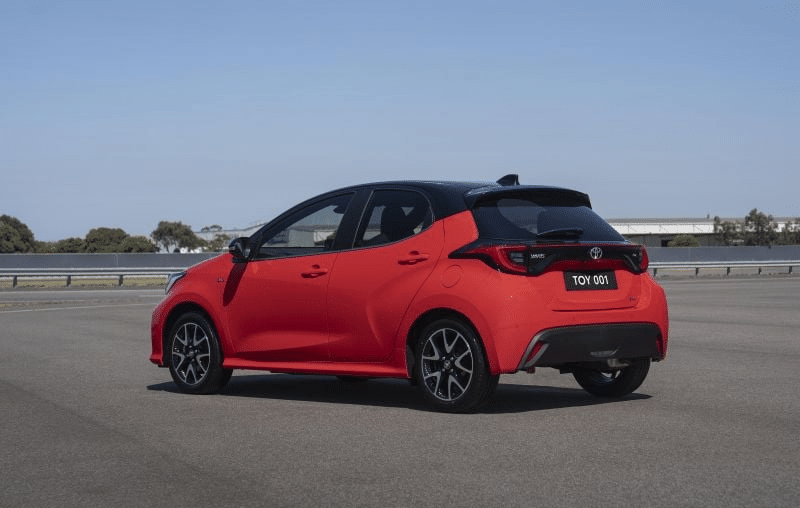
When it comes to fuel efficiency, the Toyota Yaris takes the crown. With just 3.3 litres per 100 kilometres on the combined cycle, it’s a top performer in this category. Plus, it offers a reasonable cruising range thanks to its 36L fuel tank. The Yaris is a hybrid-only option, so you won’t have to worry about plugging it in. The electric motor kicks in at low speeds and can assist the engine for better performance at higher speeds. The only downside is that it’s a bit pricey, with the lower-level SX starting at $30,190 before on-road costs and the ZR at $33,260 before on-roads.
If you’re looking for a petrol-only option, the Suzuki Swift is your best bet. Sipping a light 4.8L/100km, it’s the most efficient car on this list. The GL Auto variant offers the best fuel economy with its 1.2L four-cylinder engine and 37L fuel tank. It comes with a five-year, unlimited-kilometre warranty and features wired Apple CarPlay and Android Auto for your convenience.
In the micro car category, the Fiat 500 takes the lead with its automatic Dolcevita variant recording a combined 4.8L/100km. While it may not have wireless phone connectivity or a large boot, it does have a 35L fuel tank that’s comparable to its rivals. Keep in mind that the 500 requires more expensive 95 RON premium unleaded petrol.
Moving on to the more expensive light cars, the Skoda Fabia stands out with its fuel economy of 4.9L/100km. It also boasts the biggest boot size in its segment, making it a practical choice. Like the Fiat 500, the Fabia calls for premium unleaded petrol but offers several creature comforts, including wireless Apple CarPlay. And with a lengthy seven-year, unlimited-kilometre warranty, you can have peace of mind.
If you’re willing to splurge a bit, the Mini Cooper is worth considering. It claims a fuel economy of 5.2L/100km, making it the most expensive car on this list. However, it’s also the most efficient among the petrol Coopers. The base Cooper C Core starts at $41,990 before on-road costs, while the top-of-the-line JCW Sport can go as high as $54,990 before on-roads. Both wired Apple CarPlay and Android Auto are available.
The Citroen C3 holds its own in terms of fuel efficiency, putting up 5.2L/100km on the combined cycle. It requires 95 RON premium unleaded petrol but offers a five-year, unlimited-kilometre warranty. Plus, it comes with wireless Apple CarPlay and Android Auto, as well as advanced safety features like lane departure warning, brake assist, and blind-spot monitoring.
The Audi A1 is another fuel-efficient option, recording a fuel economy of 5.3L/100km. The A1 35 TFSI variant is the most efficient, thanks to its 1.5L turbo four-cylinder engine. It comes with a five-year, unlimited-kilometre warranty and features a 10.25-inch digital instrument cluster and a 10.1-inch infotainment display. However, wireless Apple CarPlay is only available on the A1 40.
Mazda 2 matches the Audi A1 with its combined fuel economy of 5.3L/100km, but it runs on cheaper 91 RON unleaded petrol. The three automatic variants are the most efficient, with the G15 Pure SP starting at $25,670 before on-road costs. It offers wireless Apple CarPlay and wired Android Auto, as well as a five-year, unlimited-kilometre warranty.
The Volkswagen Polo and Kia Picanto both claim a fuel economy of 5.4L/100km. However, they require 95 RON premium unleaded petrol and are the most expensive options in their VFACTS segment. The Polo Life starts at $29,490 before on-road costs, while the Picanto Sport offers the best fuel economy at the price of $17,890 before on-road costs. Both come with a five-year, unlimited-kilometre warranty. Keep in mind that the Polo lacks wireless smartphone mirroring unless you choose a model with built-in satellite navigation.
If you’re a fan of the Abarth 695, be prepared for its fuel consumption. With a claimed 5.8L/100km on the combined cycle, it’s not the most efficient car on this list. The automatic variant performs better than the manual but comes with a higher price tag of $39,990 before on-road costs. It requires 95 RON premium unleaded petrol and offers a three-year, 150,000km warranty. Wired Apple CarPlay and Android Auto are included.
The MG 3 may be the cheapest car on this list, but its fuel economy of 6.7L/100km means it may not be the cheapest to run. It requires premium unleaded petrol and has a 45L fuel tank. On the bright side, it comes with a seven-year, unlimited-kilometre warranty, just like the Kia Picanto.
Finally, we have the Hyundai i20 N, a performance-oriented car with a claimed fuel economy of 6.9L/100km. It’s the least fuel-efficient car on this list, but that’s because it’s designed for speed. With its 1.6L turbocharged four-cylinder engine, it’s the quickest car here. The i20 N starts at $34,990 before on-road costs, and while it lacks wireless phone connectivity, it does come with a five-year, unlimited-kilometre warranty.
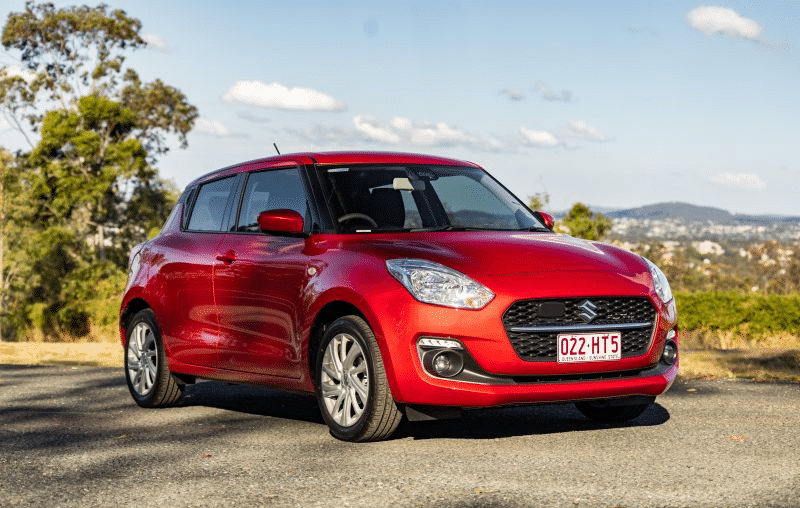
- Toyota Yaris dominates the fuel economy rankings at just 3.3L/100km.
- Suzuki Swift is the most efficient petrol-only option, sipping a light 4.8L/100km.
- Fiat 500 leads the micro car category with a combined 4.8L/100km.
- Skoda Fabia offers fuel economy of 4.9L/100km and boasts the biggest boot size.
- Mini Cooper claims a fuel economy of 5.2L/100km, making it the most expensive car on the list.
- Citroen C3 puts up 5.2L/100km and comes with wireless Apple CarPlay and Android Auto.
- Audi A1 records a fuel economy of 5.3L/100km and features a turbo four-cylinder engine.
- Mazda 2 matches the A1 with its combined 5.3L/100km.
- Volkswagen Polo and Kia Picanto both claim 5.4L/100km.
- Abarth 695 offers a claimed fuel economy of 5.8L/100km.
- MG 3 may be the cheapest car but has a fuel economy of 6.7L/100km.
- Hyundai i20 N is the least fuel-efficient car on the list with a claimed 6.9L/100km.
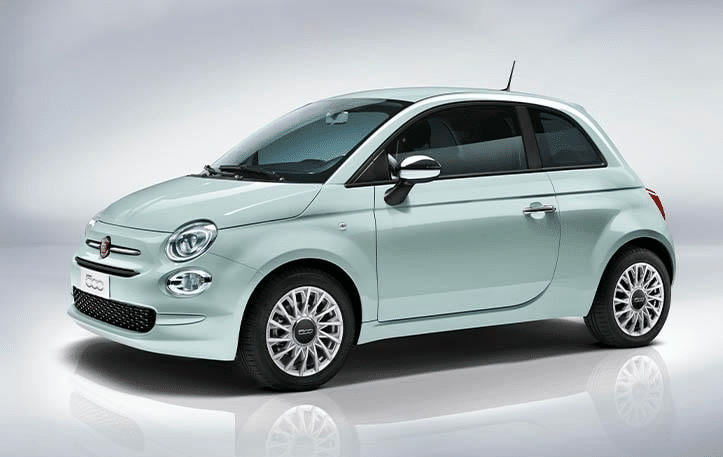
When it comes to fuel-efficient cars, the Toyota Yaris, Suzuki Swift, Fiat 500, Skoda Fabia, Mini Cooper, Citroen C3, Audi A1, Mazda 2, Volkswagen Polo, Kia Picanto, Abarth 695, MG 3, and Hyundai i20 N are all worth considering. Each car offers its unique features and price range, so you’ll surely find the perfect fit for your needs. Just remember to take into account your budget, desired fuel economy, and additional features when making your decision.
